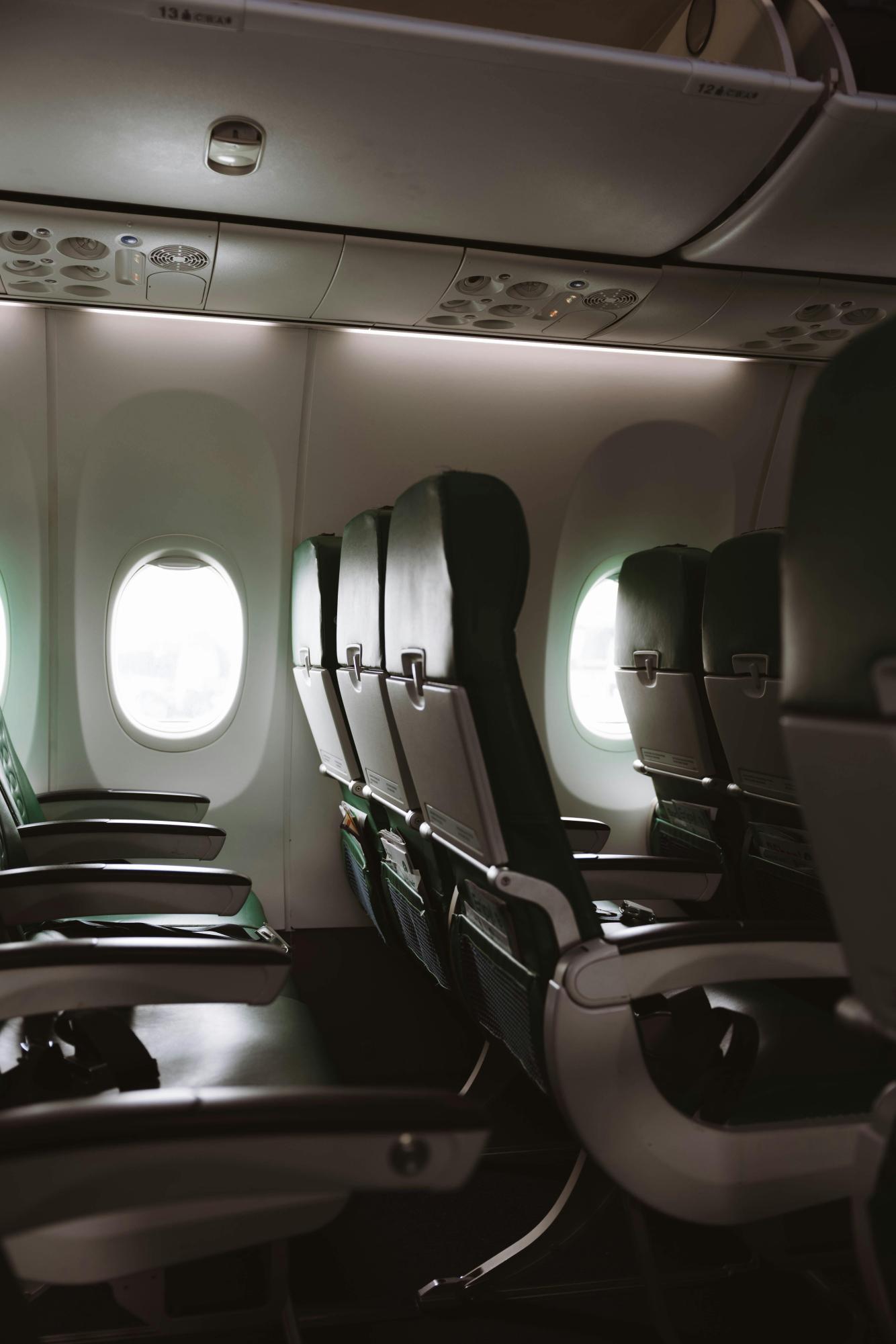There are many reasons to use air travel – maybe you live in Washington and want to see your family in Florida, or you have a work trip or vacation in another state or even in another country. The International Trade Administration recorded that travel departures from the U.S. totaled 107,713,681 in 2024, an outstanding 9.2% increase from 2023. Nevertheless, any form of transportation should be safe and accessible for disabled persons. There are over 5.5 million wheelchair users in the United States, and like the ordinary citizen, they deserve safety when desiring to utilize air travel.
However, the United States Department of Transportation’s (DOT) Volpe Center reported, through Bureau of Transportation Statistics, that in 2023, 11,527 wheelchairs and scooters were mishandled by flight carriers. As a full-time wheelchair user myself and as a lover of travel, it frustrates me greatly that wheelchairs and other mobility aids are mistreated and damaged on flights.
A complex, customized powered wheelchair can cost around $70,000 to $80,000, and it is no easy feat to acquire one. The process begins with being fitted for necessary mobility needs by an assistance technology professional. Your doctor and physical therapist must submit a letter and prescription for each and every customization to insurance for approval of them. It takes around six to 12 months for all the parts to get ordered and for the wheelchair to be assembled before the user can live with it. For repairs, a durable medical equipment technician has to see you in person to identify that a repair really is needed, and it can take weeks for the technician to get to your location.
People who use wheelchairs highly depend on them, especially if their aid is specifically made for their disability. If their wheelchair is in the belly of the plane, they need to rely on someone to physically carry them into and off the plane, which can be very dangerous for both the disabled person and whoever is assisting them. If the wheelchair gets damaged in the loading or unloading process, that person’s independence is completely stripped of them.
Towards the end of 2024, I was overjoyed when I saw an article about the start of wheelchair-safe seating on planes. The U.S. DOT issued a Notice of Proposed Rulemaking to “strengthen its rule implementing the Air Carrier Access Act (ACAA) to address the serious problems that individuals with disabilities using wheelchairs and scooters face when traveling by air that impact their safety and dignity.” This would require airlines that operate aircraft of 60 seats to expand the number of availabilities of onboard wheelchair seating that meet enhanced safety and accessibility requirements.
As of now, Delta Air Lines is the only airline to develop and test accessible seating. This way, wheelchair users are able to use air travel with their wheelchair in the place where a normal seat would be. The prototype is still currently moving through the certification process with the Federal Aviation Administration (FAA), but according to DOT spokesperson Sean Manning in an USA Today interview, “We are pleased to share that the FAA expects to determine the feasibility of wheelchairs on aircraft by the end of 2025.” Even though this doesn’t mean that wheelchair and scooter users will be able to fly right at the start of the new year, this is a huge improvement for the disabled community.
My biggest dream is to travel across the ocean—to visit England, Germany, London, and Greece. Until the announcement of Delta’s accessible seating trial, my hopes of utilizing air travel were slowly diminishing. I’m proud, now, to know that there are people of higher power advocating for inclusive, safe travel.








